Development of Power Factor Meter using Arduino
Call for Price
In this paper, the development of power factor meter using Arduino will be discussed. To measure power, several parameters were extracted, including voltage and current from the alternating current (AC) source. Voltage and current sensors outputs were interfaced to Arduino, in which the real power and apparent power were calculated to determine the power factor.
Shipping: 4 to 8 working days from the date of purchase
Package Includes:
-
Complete Hardware Kit
-
Demo Video-Embedded Below
-
Abstract
-
Reference Paper
-
PPT (20 Slides)
-
!!! Online Support !!!
Description
Abstract
Nowadays, electricity is the most important or basic needs of human life. In this paper, the development of power factor meter using Arduino will be discussed. To measure power, several parameters were extracted, including voltage and current from the alternating current (AC) source. Voltage and current sensors outputs were interfaced to Arduino, in which the real power and apparent power were calculated to determine the power factor. Experimental results on the current measurement calibration showed the accuracy of our proposed power factor meter. Moreover, the measured data points were logged in an SD card, at the same time, it was sent to Matlab with a graphical user interface (GUI) for ease of further monitoring.
Introduction
Nowadays electricity is the main power generator that is needed to turn on most of the devices like electronics equipment. Electricity enables us to use various electrical appliances like television, oven, air condition, refrigerator, and others. Generally, electric power can be generated using renewable and non-renewable sources. Most electric companies charge either the highest kW or the highest kVA whichever is greater. If the power factor is low, the measured kVA will be significantly higher than the kW. Therefore, improving the power factor through power factor correction, e.g. capacitor bank connected in parallel, will lower the kVA requirement thus lower the electricity bill. Several other advantages of power factor improvement, including increased load-carrying capabilities in existing circuits, improved voltage, reduced power losses, and reduced carbon footprint. Much research has been conducted on the development of smart meter as discussed in. Due to its usage, smart meters are being developed and installed in many homes, school buildings, universities, and industrial premises around the world. The smart meter infrastructure, if used properly, can provide more than just recoding consumption of electricity, such as easier processing of billing, detection of energy losses due to possible fraud, early warning of blackouts, as well as precision real-time pricing schemes. One of the advantages of using the digital-based power factor meter is that the read data by the device can be stored easily for other applications or analyses. One type of the analog circuit used in the power factor measurement system is zero-crossing detectors to convert and process the current and voltage signals, in which the output will be low if the difference is zero. In, the firmware design can be used to calculate and record power consumption data and record five outage events with their interruption time, interruption durations restoration time if an outage event occurred. Although many kinds of research have been conducted on the power meter, little research has focused on the power factor meter. Therefore, the objective of this research is to develop a power factor meter using Arduino due to its capability and lowcost, while providing data logging and connection features for further analysis.
Block Diagram
Hardware Tools
- Arduino Uno
- Current Sensor
- Voltage Sensor
- RTC Module
- SD Card Module
- Load
Software Tools
- Arduino IDE
- Embedded-C
Conclusion
This paper has presented the development of the power factor meter using Arduino. To measure the current, a non-invasive current sensor was used for ease of installation. The accuracy of the selected sensor was calibrated using the manual ammeter, in which the difference is around ±1.79%. Further research includes experiments on various electrical appliances, data logging, and automatic power factor improvement using the selected switch on a parallel-connected capacitor bank.
Additional information
| Weight | 1.000000 kg |
|---|

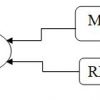
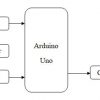
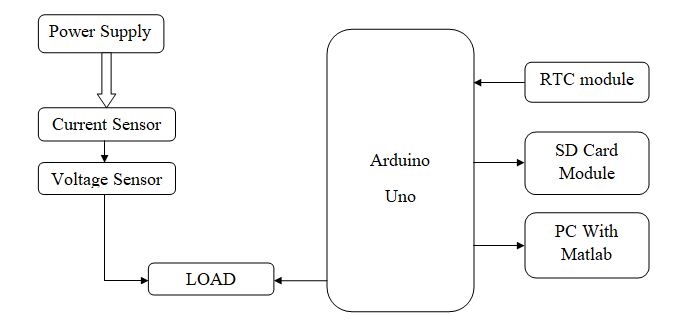
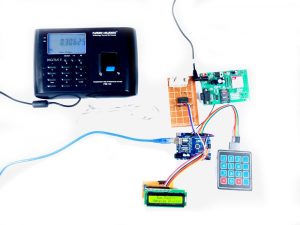
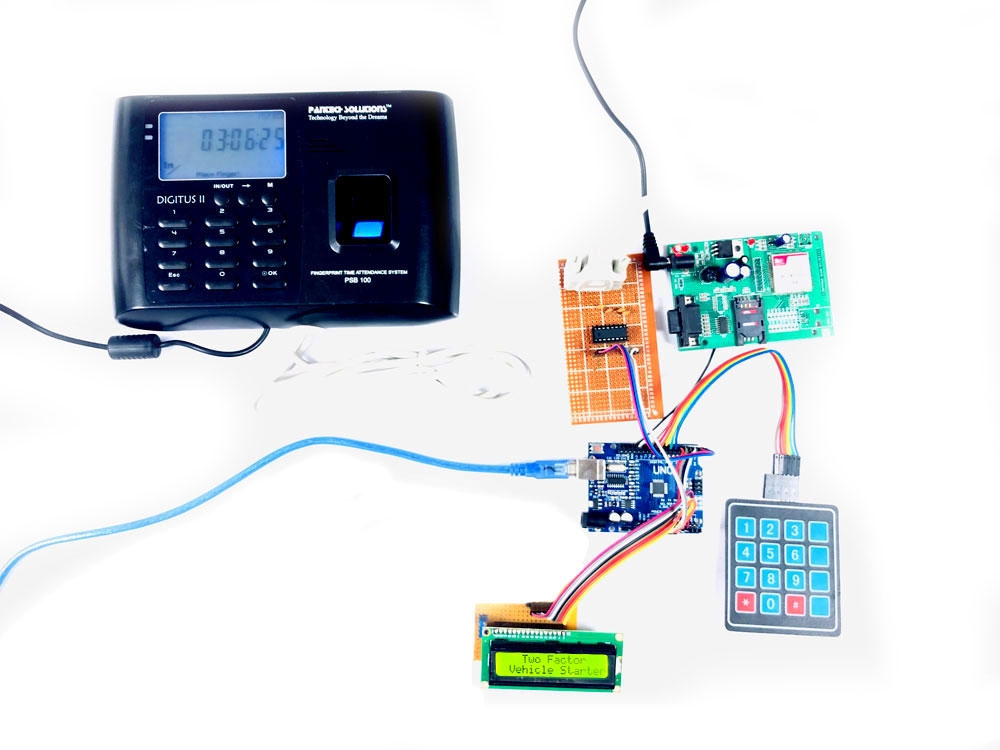
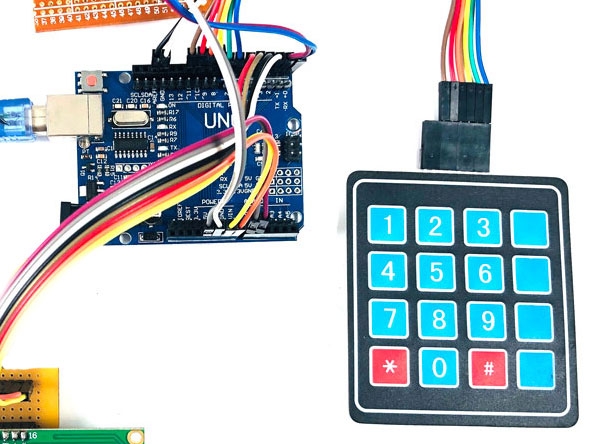


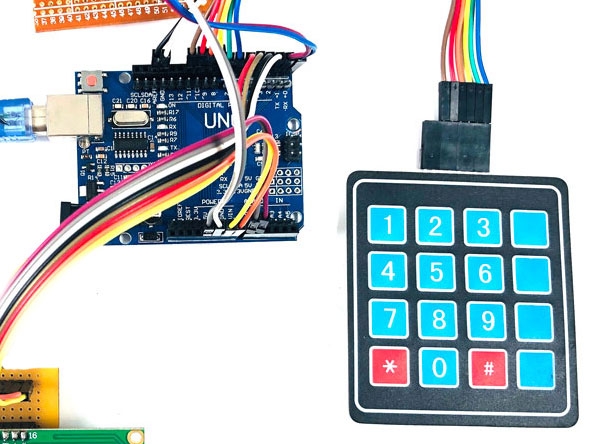
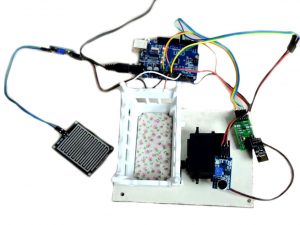

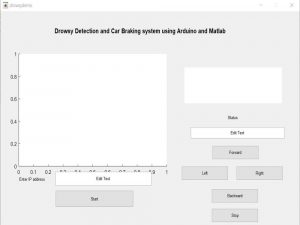
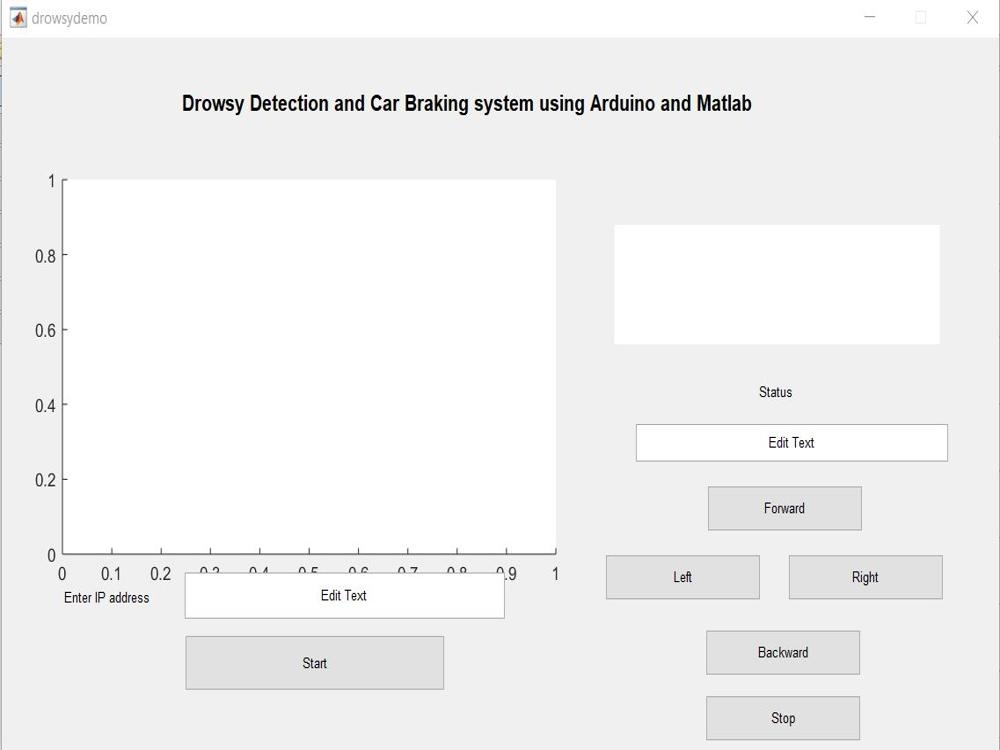
Reviews
There are no reviews yet.